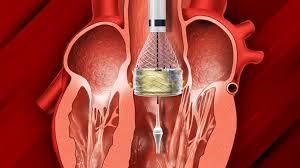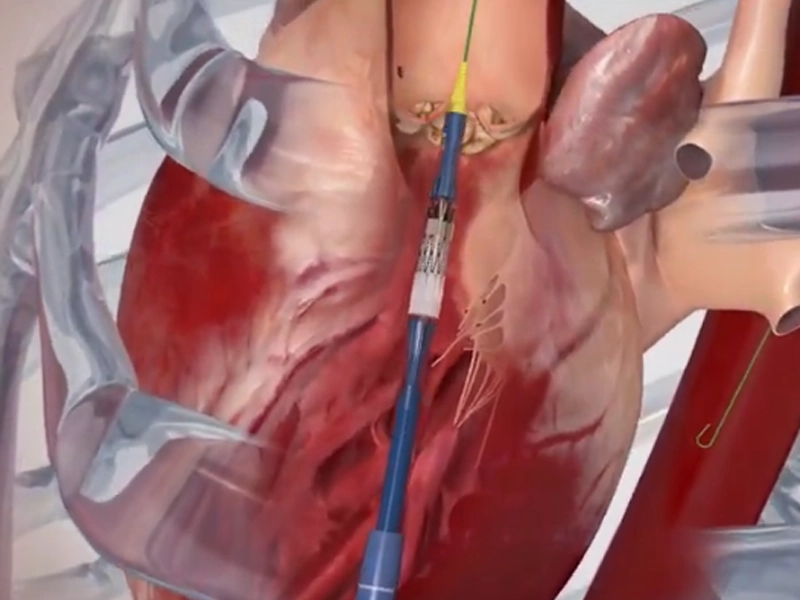TAVR Nursing Scope
Registered nurses are required to understand the after-surgery care process because most cases of complication happen after TAVR. Nurses with aortic case skills must carry out assessments and educate patients on medication, pain mitigation and diet-related topics.
The examination ought to focus on blood pressure, wound, heart rate and electrocardiogram status. Moreover, most cases demand expansive tests related to neurological updates, circulation and practice routine blood exercises.

The nurses require a set of critical care skills and knowledge that promote engagement and surveillance in operating the TAVR procedures. Communication is key as THE nurses need to pass along critical information regarding respective patients. The nurses collaborate with doctors and other hospital departments to calmly pass vital data.
The nurses work beside the cardiac surgeon team and patients themselves, hence the need for effective collaboration skills. The process demands that nurses possess a quality decision-making process. Nurses need to make fast decisions that require critical destabilization of patients. Besides, they need to consult other medical teams for quality service.
Patient Education
Clinicians and nurses need to communicate to patients how the TAVR procedures work. The patient and family members need to understand if the system will be centralized or decentralized. Nurses’ ought to prompt the clients on the advantages and demerits of the medical process. For instance, the patient should understand that they need to avoid heavy lifting and stretching and will be subjected to several medications two weeks before the process.
Patients have the right to accept or decline the option, and it is the doctor’s responsibility to guide the client. Moreover, the patient can ask about their vital health conditions at any time and the medications ingested. The patient needs to understand the medical experts involved who are monitoring them and their level of experience.

The application of the system demands that the involved team consider the language and cultural background of the patient. It is crucial to factor in the patient with varying language barriers and cultural perspectives.
Comprehending the difference in cultural norms, values and beliefs provides room for assessing the words to use when communicating the symptoms and expectations. The patient background offers a different perspective on how they will describe their medical terms and personal medical background.
PHOTO CREDIT: GOOGLE.COM
WRITTEN BY: AMEDICC.COM
